The 5th generation descendant of King Ham Nghi presented the painting "Hillsides of Deli Ibrahim (Algiers)" painted by the king to the Vietnam Fine Arts Museum.
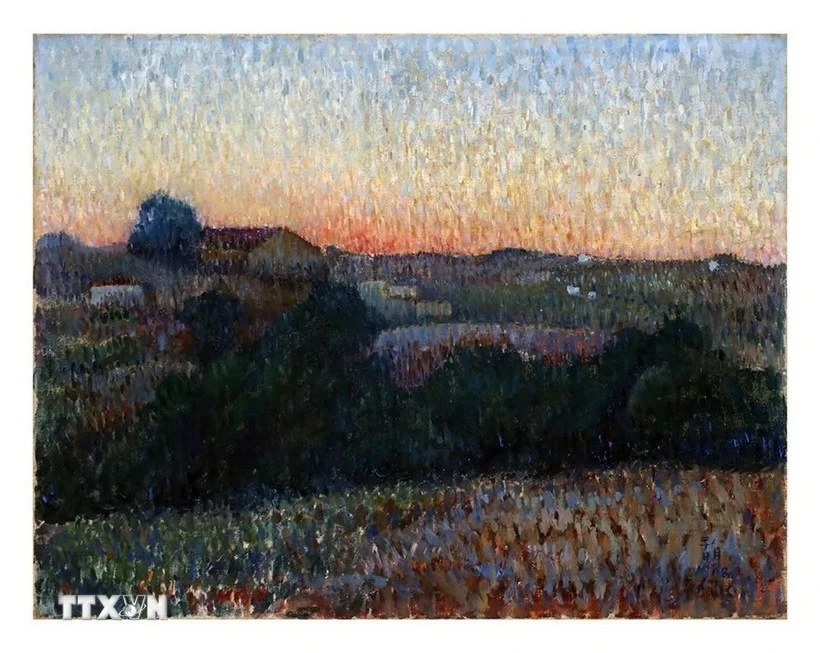 |
| The work “The hillsides of Deli Ibrahim (Algiers)” by King Ham Nghi. (Source: VNA) |
On November 12, the Vietnam Museum of Fine Arts held a ceremony to receive King Ham Nghi's paintings including "Hillsides in Deli Ibrahim (Algiers)" and launched the book "Ham Nghi: Emperor in Exile - Artist in Algiers" by Dr. Amandine Dabat.
The oil painting “The Hillsides of Deli Ibrahim (Algiers)” was created by King Ham Nghi in 1908, depicting a countryside scene near his home in Algiers.
The backlit sunset is one of his most iconic works. Using a dot-painting style influenced by late 19th-century French painters, the artist brings the vibrant colors of the evening to life.
In 1926, the painting was exhibited at the Mantelet-Colette Weil gallery in Paris, under the title “Hillsides of Deli Ibrahim (Algiers)” and signed Zi Xuan.
Speaking at the reception ceremony, Director of the Vietnam Fine Arts Museum Nguyen Anh Minh said that the work "The hillsides of Deli Ibrahim (Algiers)" donated to the Vietnam Fine Arts Museum by Dr. Amandine Dabat, the 5th generation descendant of King Ham Nghi, on behalf of King Ham Nghi's family is a priceless gift, a noble gesture for the Museum.
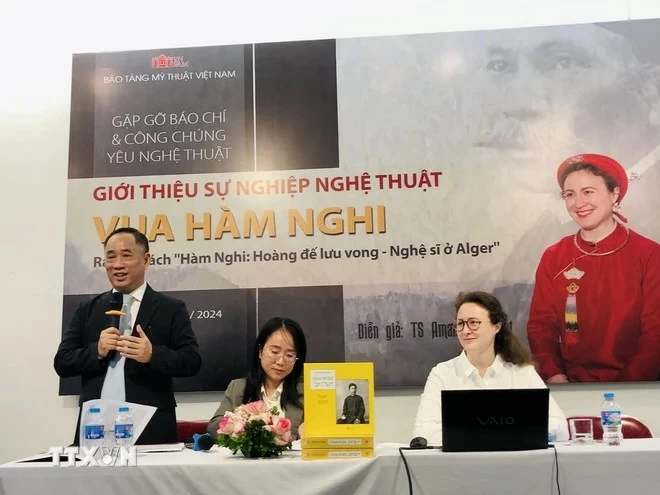 |
| An introduction to King Ham Nghi's artistic career and the launch of the book "Ham Nghi: Emperor in Exile - Artist in Algiers". (Source: VNA) |
According to Mr. Nguyen Anh Minh, receiving and displaying the painting has great significance for the Vietnam Fine Arts Museum in particular and for Vietnamese fine arts in general.
This shows respect and acknowledgement of the act of King Ham Nghi's family in repatriating the patriotic king's paintings, and at the same time honors the kind-hearted people who donated works of art to the Museum.
The work “The Hillsides of Deli Ibrahim (Algiers)” not only supplements and enriches the collection of the Vietnam Fine Arts Museum, but is also a valuable source of material for researchers of the history of modern and contemporary Vietnamese art in the late 19th and early 20th centuries.
Dr. Amandine Dabat shared that King Ham Nghi became a painter and sculptor during his exile in Algiers (also known as Algiers, the capital of Algeria). His first works, from 1889, made him the first modern painter of Vietnam.
Her doctoral thesis on the life and career of King Ham Nghi, now translated and published in Vietnamese, has officially placed him in the history of Vietnamese art.
“Immediately after defending my thesis, the Cernuschi Museum in Paris contacted me to include Ham Nghi’s works in their collection,” said Dr. Amandine Dabat. “Ms. Anne Fort, curator of the museum’s Vietnamese art collection, informed me that Ham Nghi is now recognized as a Vietnamese artist. Five works by Ham Nghi, including two oil paintings on canvas, two pastel paintings and a sculpture, were added to the Cernuschi Museum’s collection in 2020.”
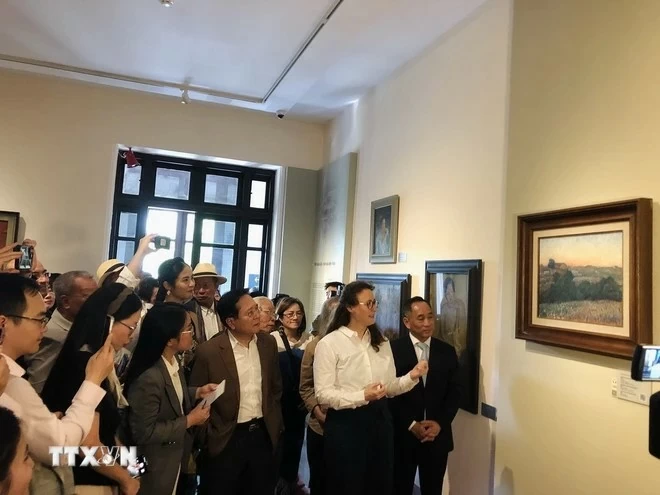 |
| Delegates admire the painting “Hillsides in Deli Ibrahim (Algiers)” by King Ham Nghi. ((Source: VNA) |
According to Dr. Amandine Dabat, this painting is one of the important works, a wonderful illustration of King Ham Nghi's painting studies.
“I would like to present this painting at the same time as the publication of a book, compiled from my PhD thesis and translated into Vietnamese. This book explains and clarifies the artistic life of King Ham Nghi, his influences, the development of his style and his connections with great artists of the time… helping Vietnamese readers understand the entire context of King Ham Nghi’s work, thereby correctly assessing the position of this painting in the history of Vietnamese fine arts. I hope that this will pave the way for the presentation of other works by King Ham Nghi, so that the Vietnamese public can better understand his artistic legacy,” Dr. Amandine Dabat expressed.
King Ham Nghi (1871-1944), real name Nguyen Phuc Minh, courtesy name Ung Lich, ascended the throne in 1884, was the 8th Emperor of the Nguyen Dynasty. After the fall of Hue in 1885, King Ham Nghi left the capital and issued the Can Vuong Edict, calling on heroes, scholars and patriotic people to rise up and regain independence and freedom for the nation. In 1888, the king was captured by French colonialists and exiled to Algiers, the capital of Algeria, in 1889. He lived in a villa on El Biar hill, about 12km from the capital Algiers, still maintaining the country's customs until his death in January 1944. During his exile, the king studied painting and sculpture, pursuing impressionism and post-impressionism. Before his death, he left behind a huge artistic legacy including 91 paintings and other sculptures. Many of his works are known to the art world through auctions and exhibitions in France. |
Source: https://baoquocte.vn/lan-dau-tien-trung-bay-tranh-cua-vua-ham-nghi-tai-bao-tang-my-thuat-viet-nam-293494.html



![[Photo] Nearly 2,000 people enthusiastically participated in the Olympic Running Day - For the security of the Fatherland](https://vstatic.vietnam.vn/vietnam/resource/IMAGE/2025/3/27/33bed26f570a477daf286b68b14474d4)

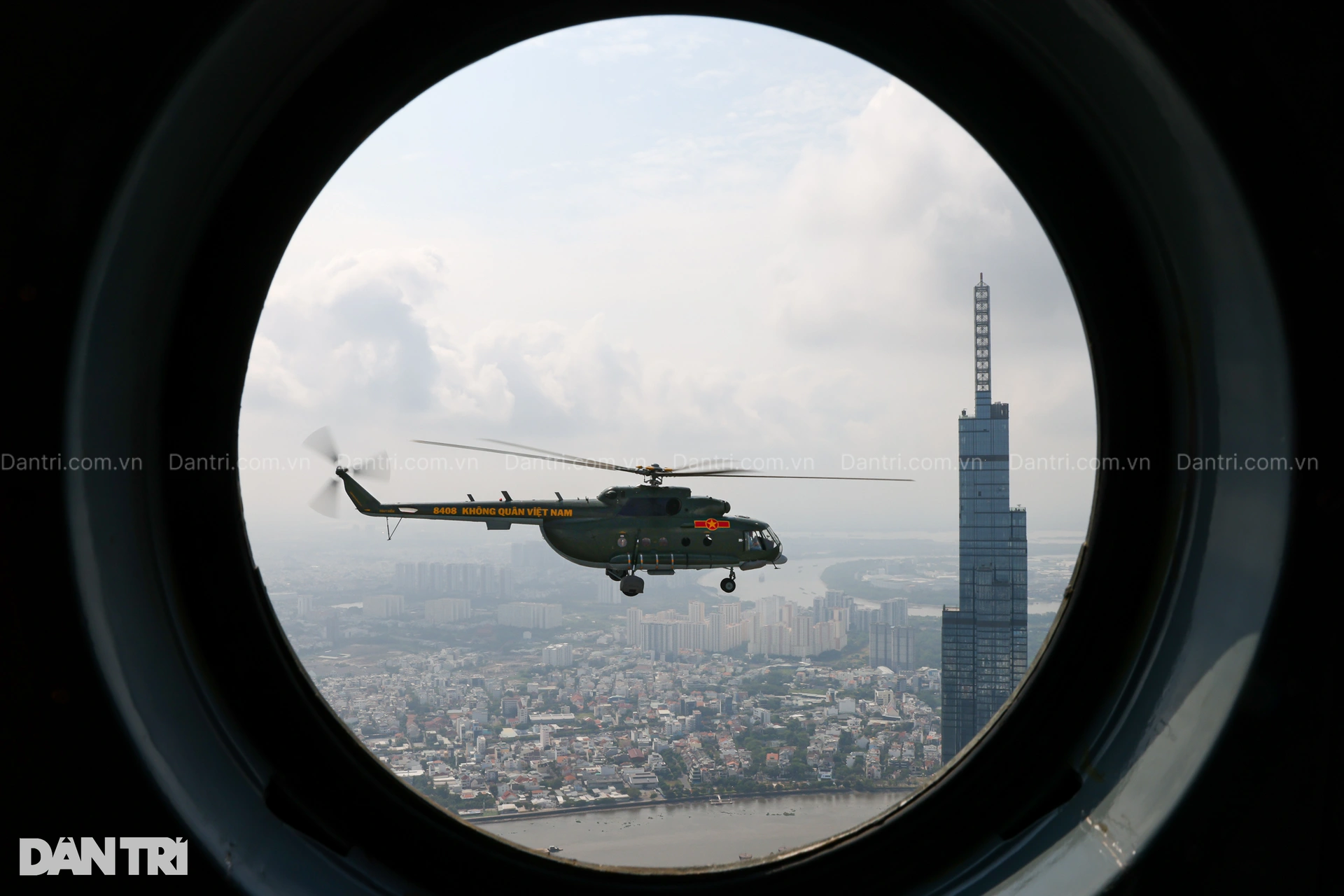

![[Photo] Prime Minister Pham Minh Chinh receives Chairman of Skoda Auto Group](https://vstatic.vietnam.vn/vietnam/resource/IMAGE/2025/3/27/298bbec539e346d99329a8c63edd31e5)
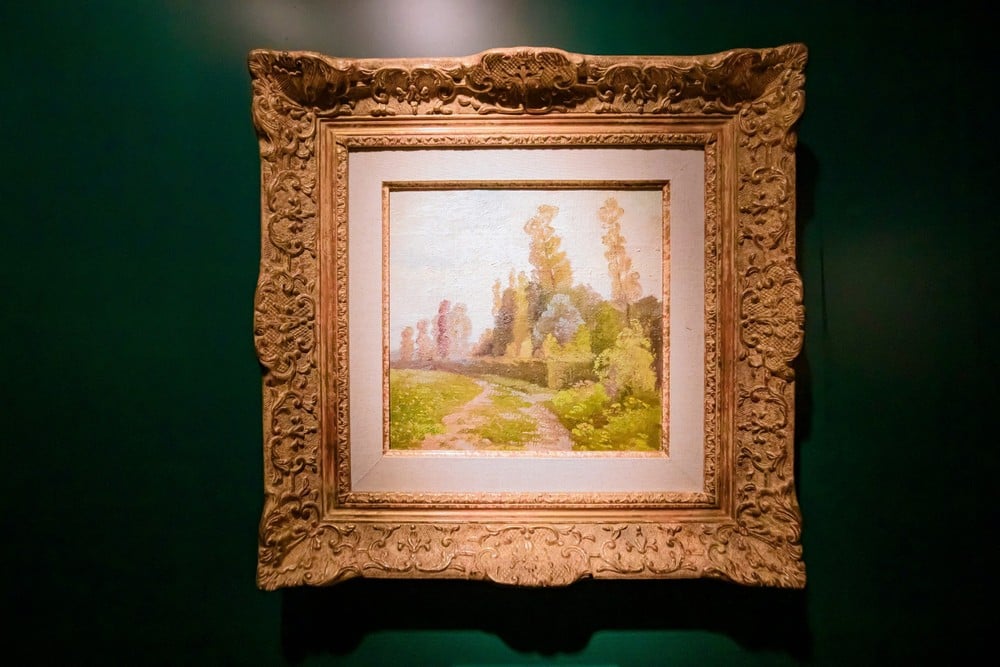

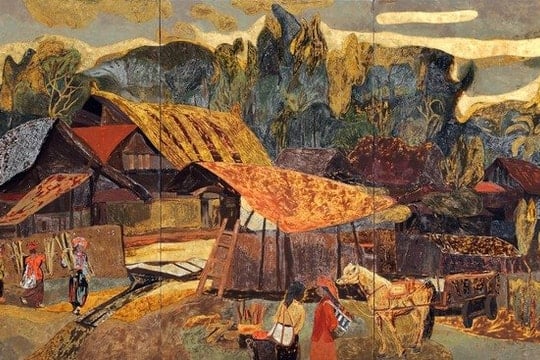

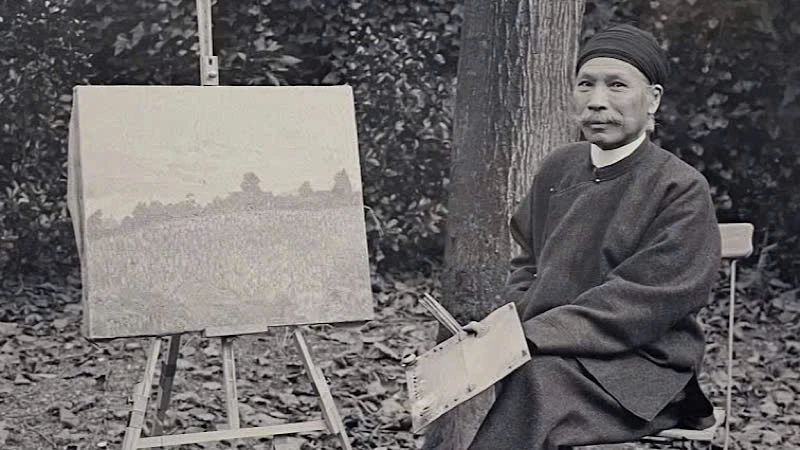
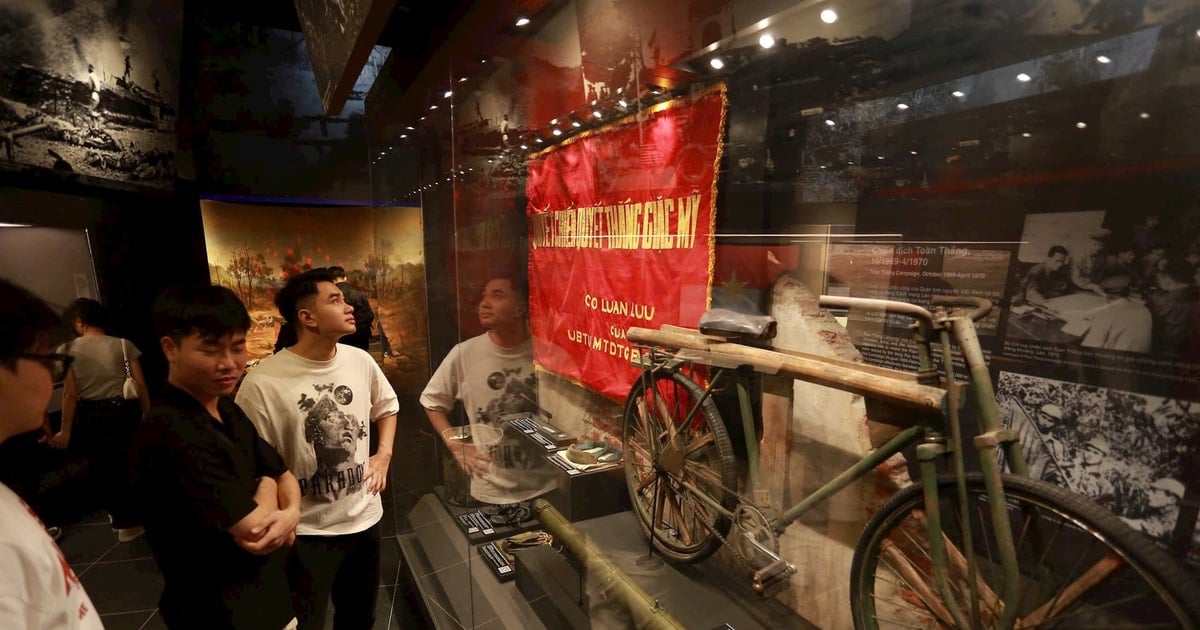

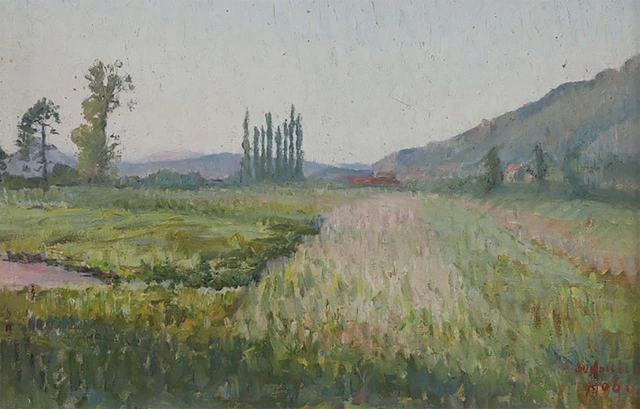

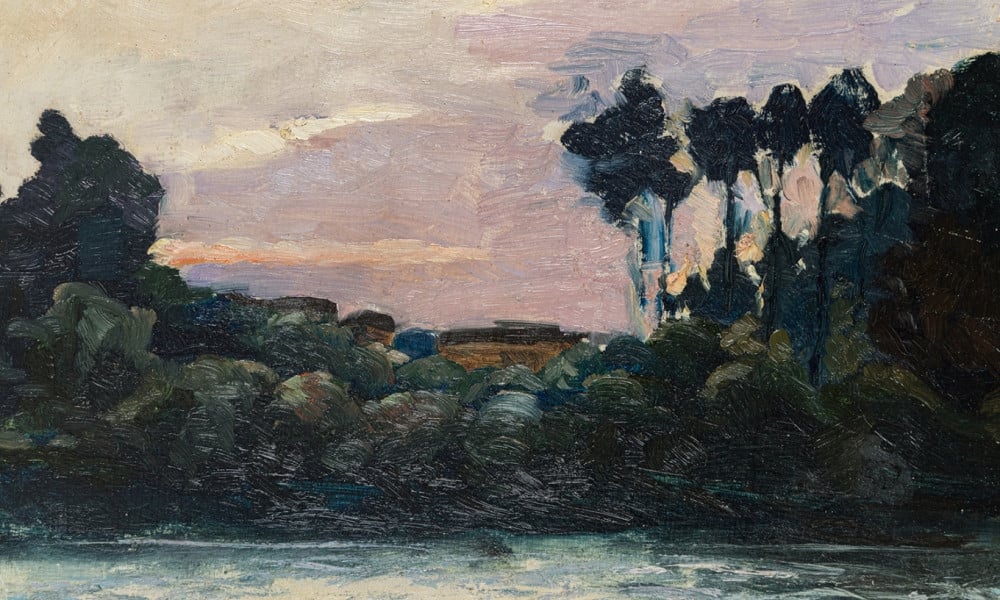

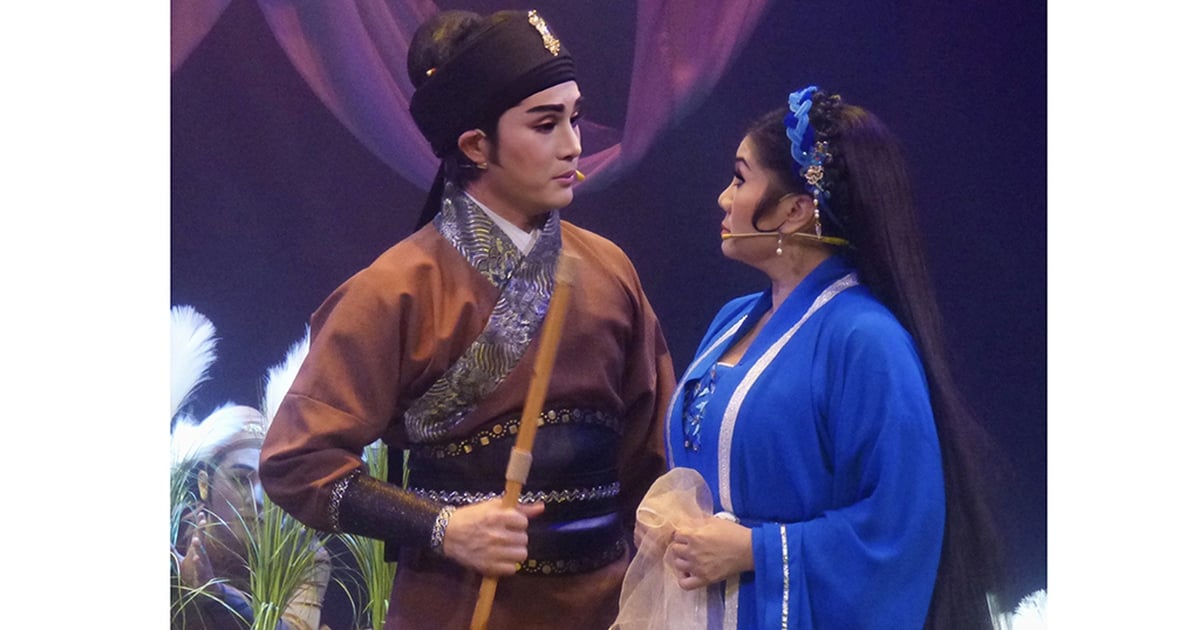



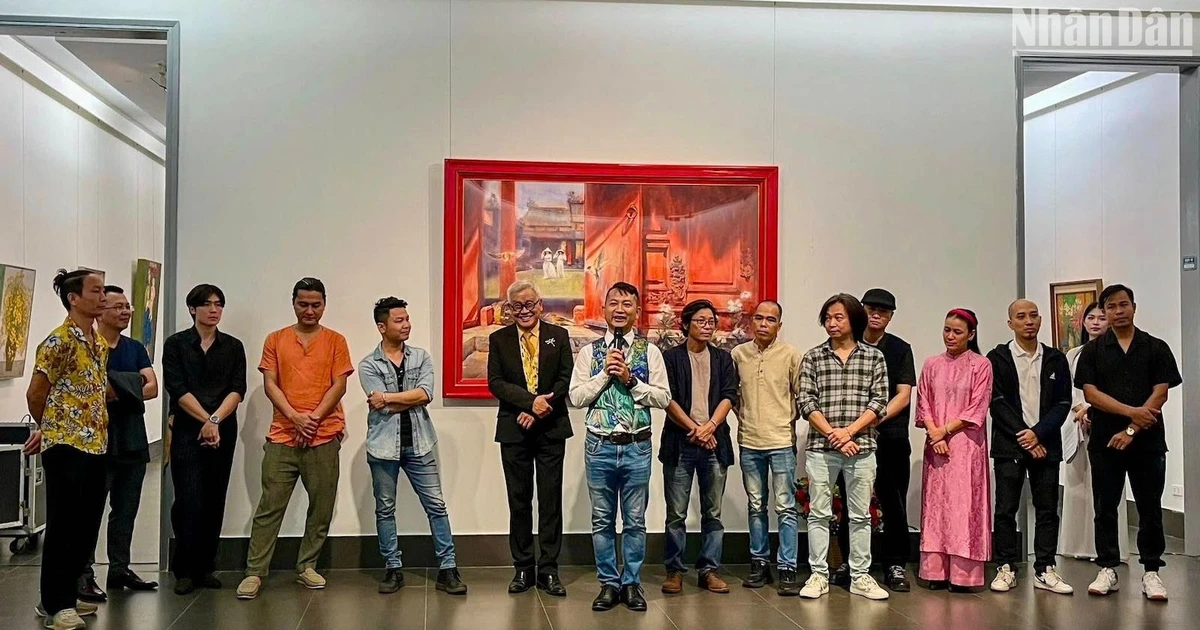





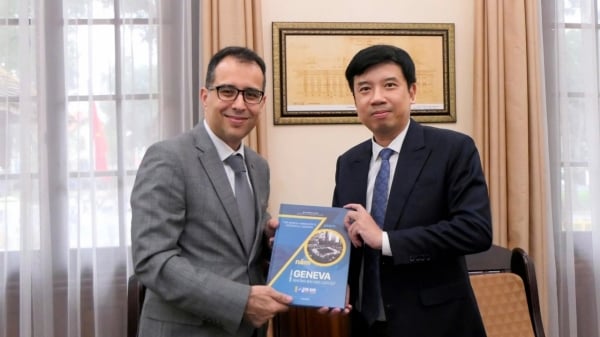




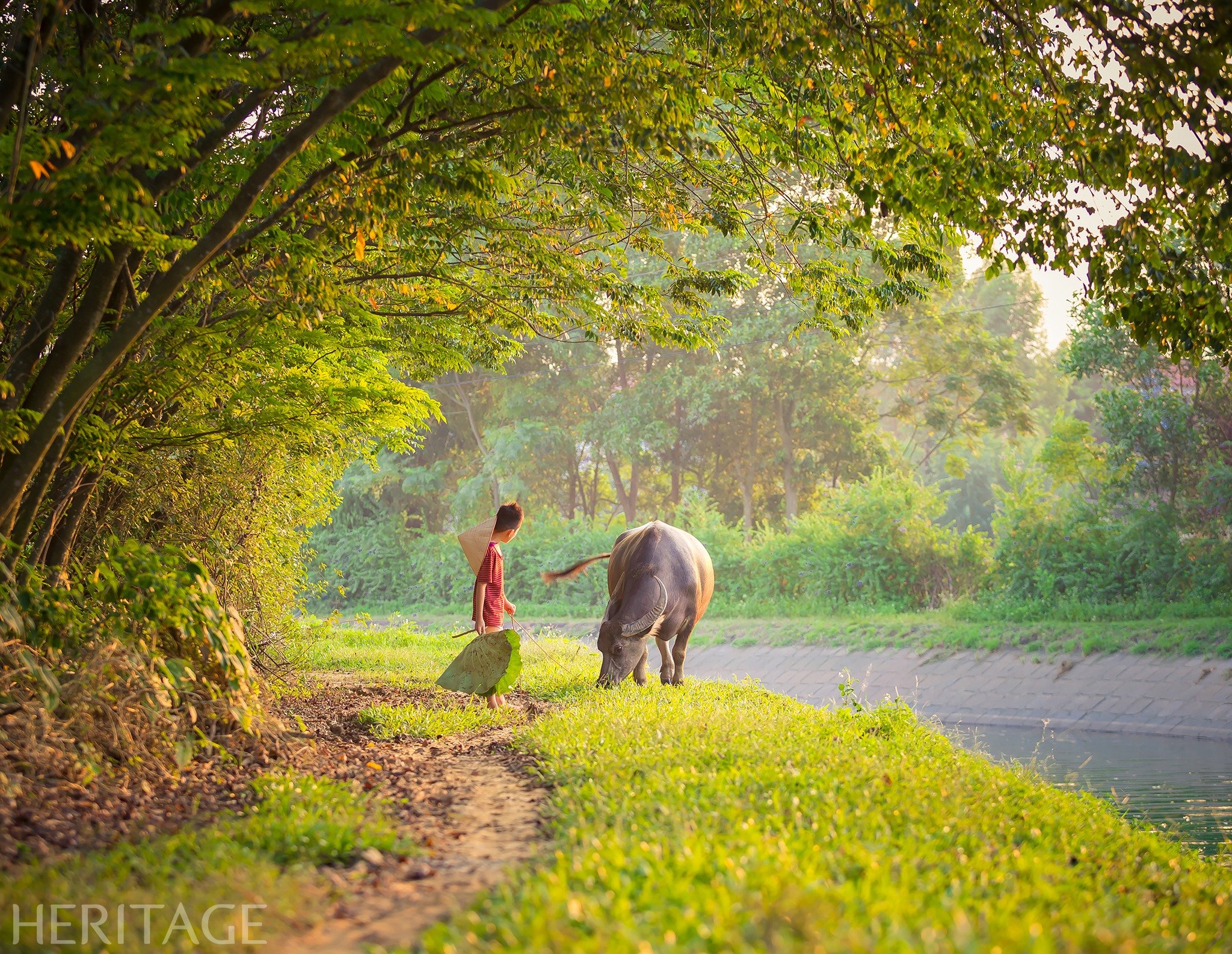
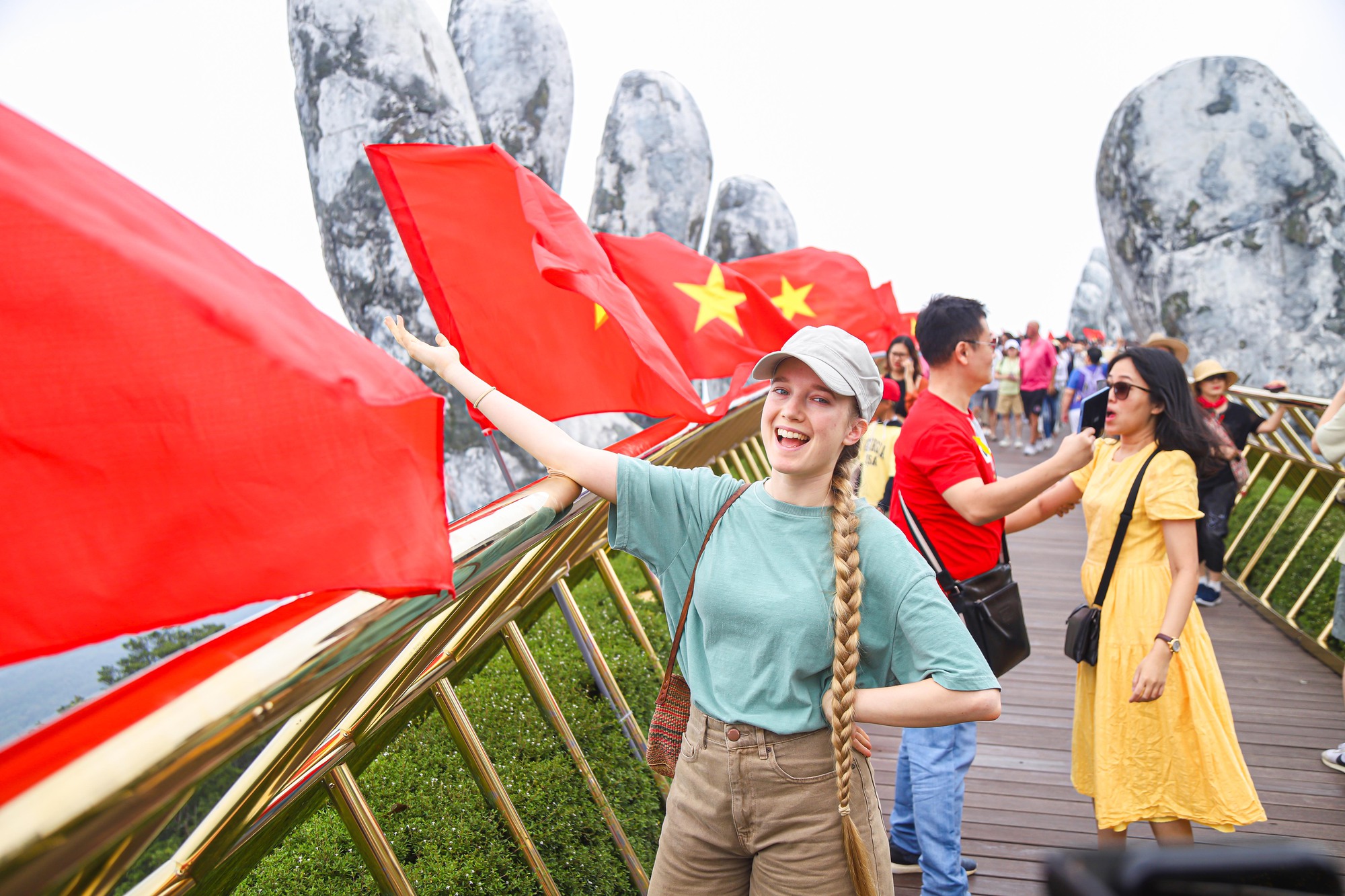

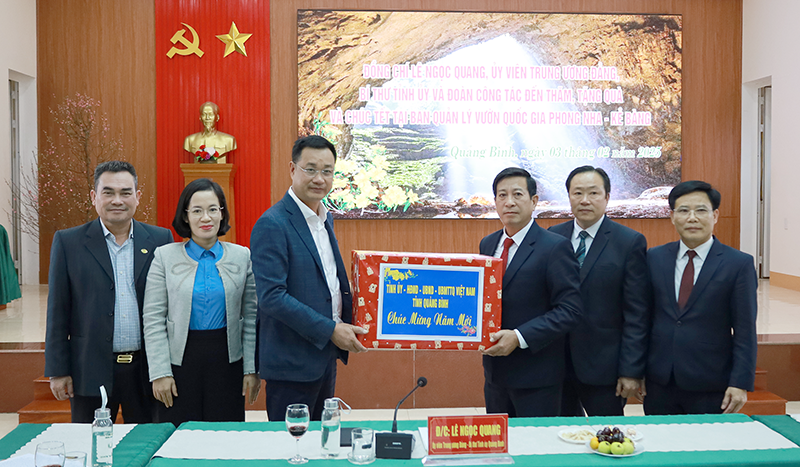



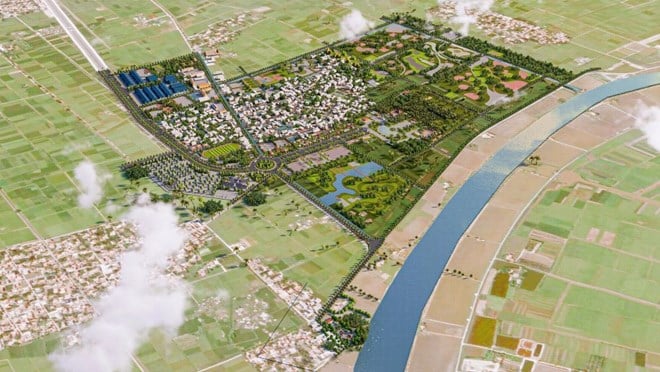




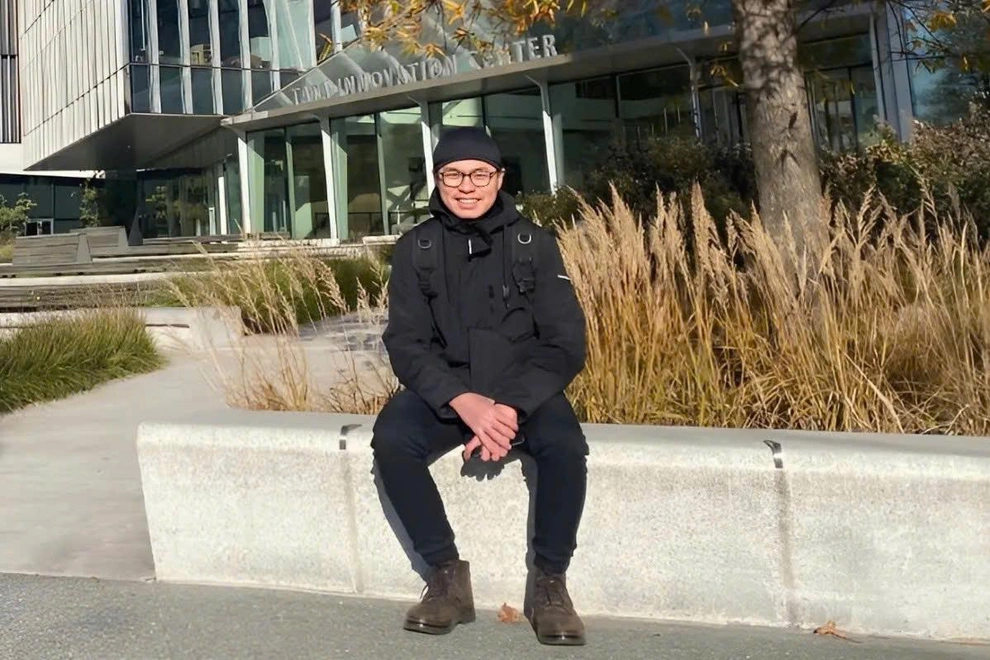

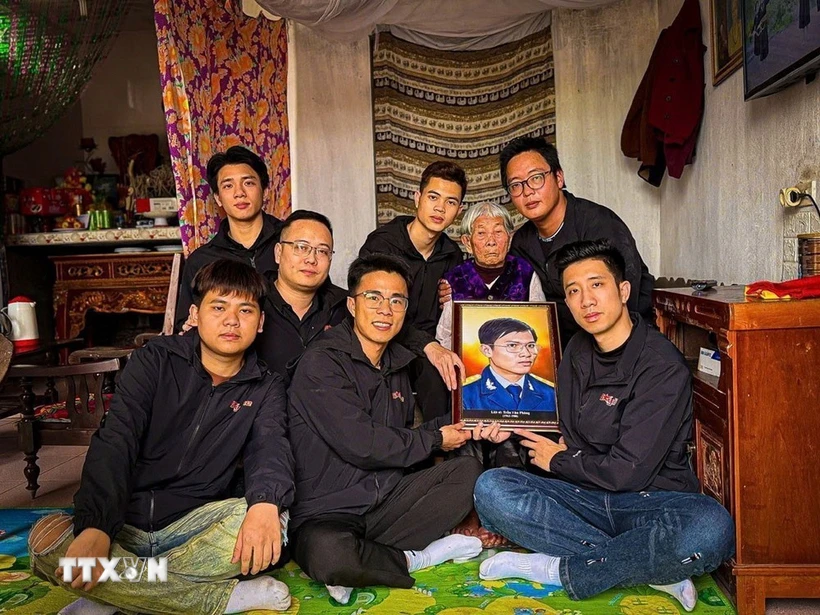













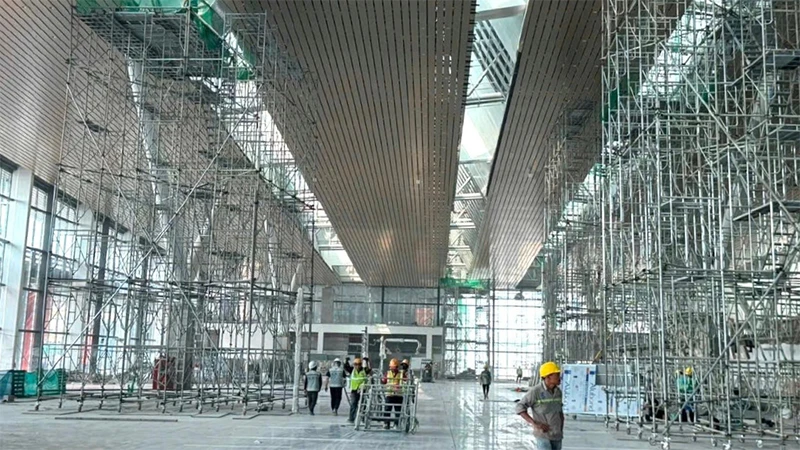























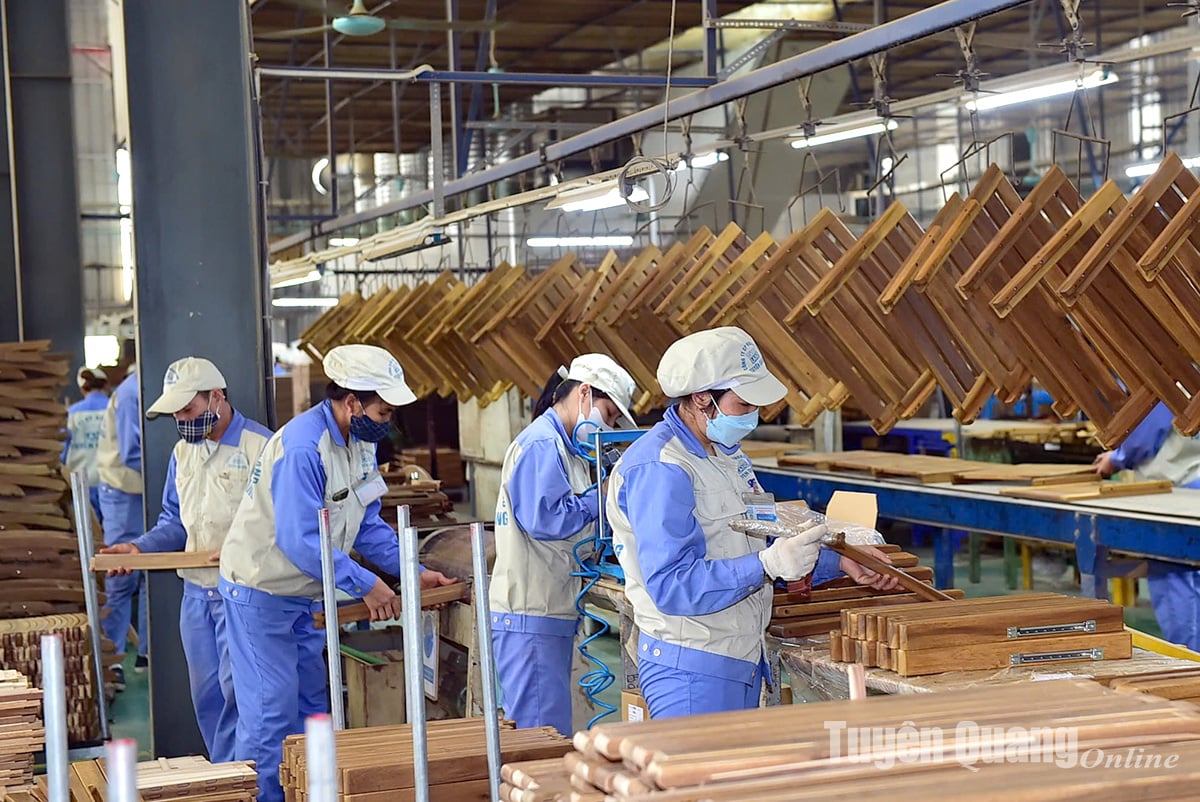













Comment (0)